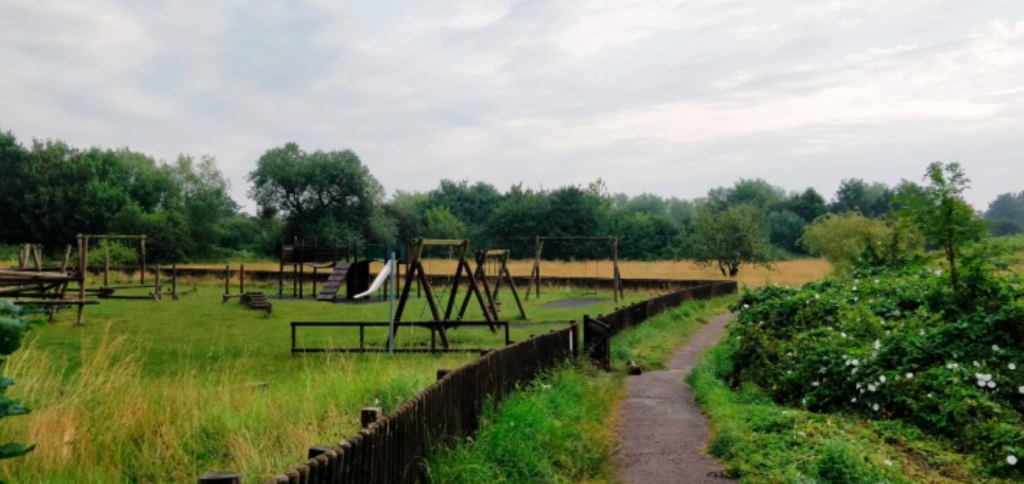Introduction
The overlap between mental health and green spaces is becoming a widely studied topic as urbanization increases and there are fewer green spaces. By 2050, 68% of the global population will live in cities. Living in cities can be associated with mental health stressors such as anxiety and depression, as well as physical health issues from air and noise pollution.
The research article I chose for this blog post is titled, “The Mental Health Benefits of Purposeful Activities in Public Green Spaces in Urban and Semi-Urban Neighbourhoods: A Mixed-Methods Pilot and Proof of Concept Study.”
Overview of the Study
In order to investigate if there are differential health and mental health benefits associated with activities in green spaces, three groups of volunteers at different conservation sites were selected and participated in group guided walks, practical conservation tasks, and citizen science. The conservation sites used in this study are managed by the Yorkshire Wildlife Trust, The Conservation Volunteers, and the Friends of St. Nicholas Fields in the United Kingdom. Walking, conservation, and citizen science were shown to be associated with improved mood. These outdoor activities were also shown to be purposeful and helpful in providing structure. The categories of action that led to improved mood include the following: Restorative exposure that reduces attention fatigue and distress, facilitating social interaction and enhancing social cohesion, facilitating and promoting physical activity, and filtering out the negative effects of noise, air and heat pollution. Results were collected through a self-reported well-being test, which was measured using the Short Warwick-Edinburgh Mental-Wellbeing Scale (SWEMWBS).

Figure 1. St. Nicks Nature Reserve, York
Improvements to the Study
I believe that this study would be more impactful if it focused on how people use green spaces in their own neighborhoods. It may be interesting to compare the mental and physical effects of green spaces in a neighborhood that has an abundance of them, versus a neighborhood with limited green spaces. This could also lead to more research about how to better implement green spaces in urban areas and how they are best used.
One other limitation that was explicitly mentioned in the article was that all of the study participants are existing volunteers for conservation and wildlife groups. I believe that this can lead to bias, because people who volunteer for a conservation group are more likely to enjoy green spaces and outdoor activities.
Significance of the Study
As discussed in this research article, the combination of long-term physical conditions with depression is associated with the greatest decrease in quality of life. It is important to reconsider how we can use the outdoors to improve the physical and mental health of people living in cities. As more people move to cities, the issue of accessibility will become more prevalent, and it will be important to have research that investigates these positive outcomes in order to make policy changes.
Source:
Coventry, P. A., Neale, C., Dyke, A., Pateman, R., & Cinderby, S. (2019). The Mental Health Benefits of Purposeful Activities in Public Green Spaces in Urban and Semi-Urban Neighbourhoods: A Mixed-Methods Pilot and Proof of Concept Study. International journal of environmental research and public health, 16(15), 2712. https://doi.org/10.3390/ijerph16152712